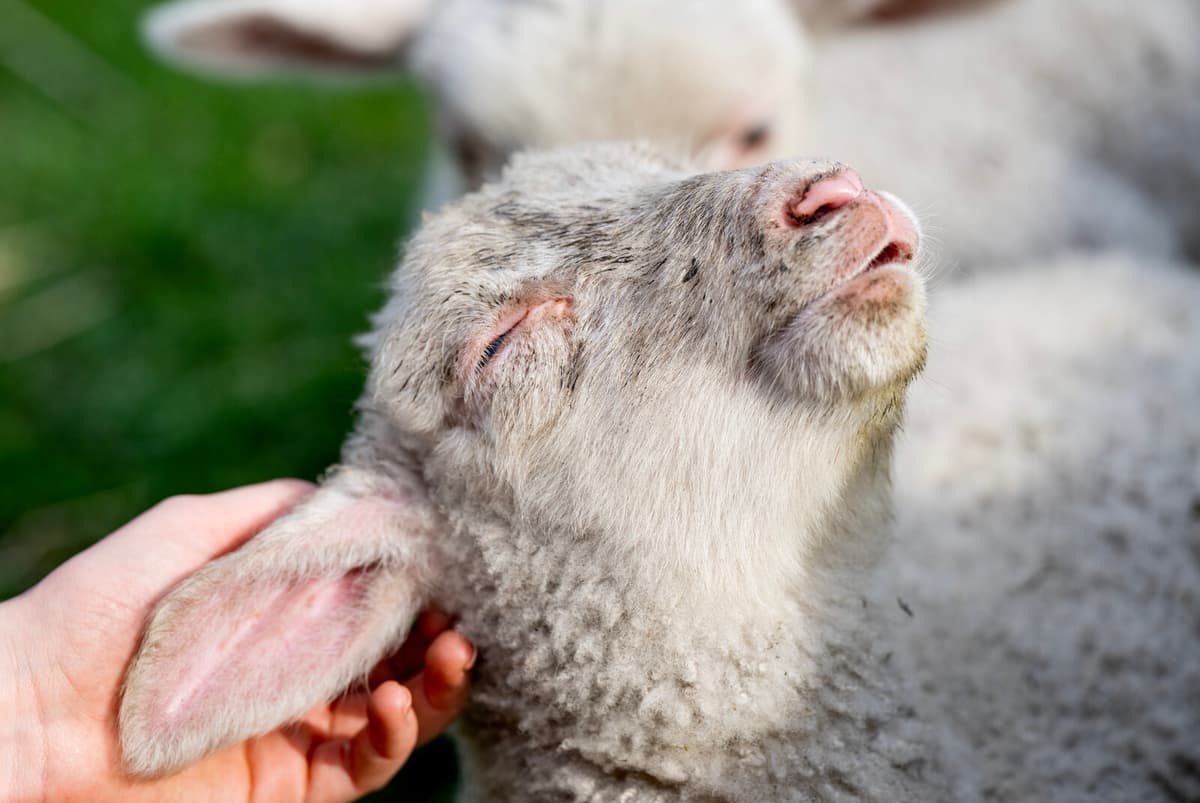For ten years ago, almost all wool ended up in the dump. It was not seen as something valuable - when the Swedish textile industry packed up, the wool raw material was forgotten. Instead, we have imported wool.
But then something happened. Small wool spinning mills and local companies sprouted, and slowly the interest in our Swedish raw material increased.
Christian Lundell, chairman of the board of Arena Swedish wool and CEO of the Nordic Textile Academy, believes that it is starting to become spring for Swedish wool.
The supply of products made from Swedish wool has definitely increased, he says.
Swedish fashion companies, such as Filippa K and Fjällräven, make clothes, and textile manufacturer Klippan uses Swedish wool.
But it comes to many more areas of use.
For example, last year's gardening product was wool pellets, which are used for fertilization.
New types of insulation materials are also being developed, he says.
Now wool is used as insulation even in clothes. Previously, wool has been used in sound absorbers and in heat insulation, but now more products are coming, says Christian Lundell.
There are over 455,000 sheep in Sweden (June 2024, according to the Swedish Sheep Breeding Association). Most of them live in relatively small flocks. Most sheep are found in Västra Götaland. The most common breeds are Gotland sheep, Finnsheep, Gutefår and various crosses. The sheep must be sheared twice a year, so that the coat does not become too warm and heavy. This means that Swedish sheep produce approximately 1,200 tons of wool per year (estimate from the Swedish Sheep Breeding Association 2022). In 2015, most of the wool was thrown away, only a small part was taken care of for handicraft purposes. In 2017, the proportion of wool that was utilized had increased to 29 percent, in 2019 to 37 percent and in 2020 to 46 percent, according to the Swedish Sheep Breeding Association's estimates.
At the same time, 1,700 tons of wool are imported per year. Sources: Swedish Sheep Breeding Association





